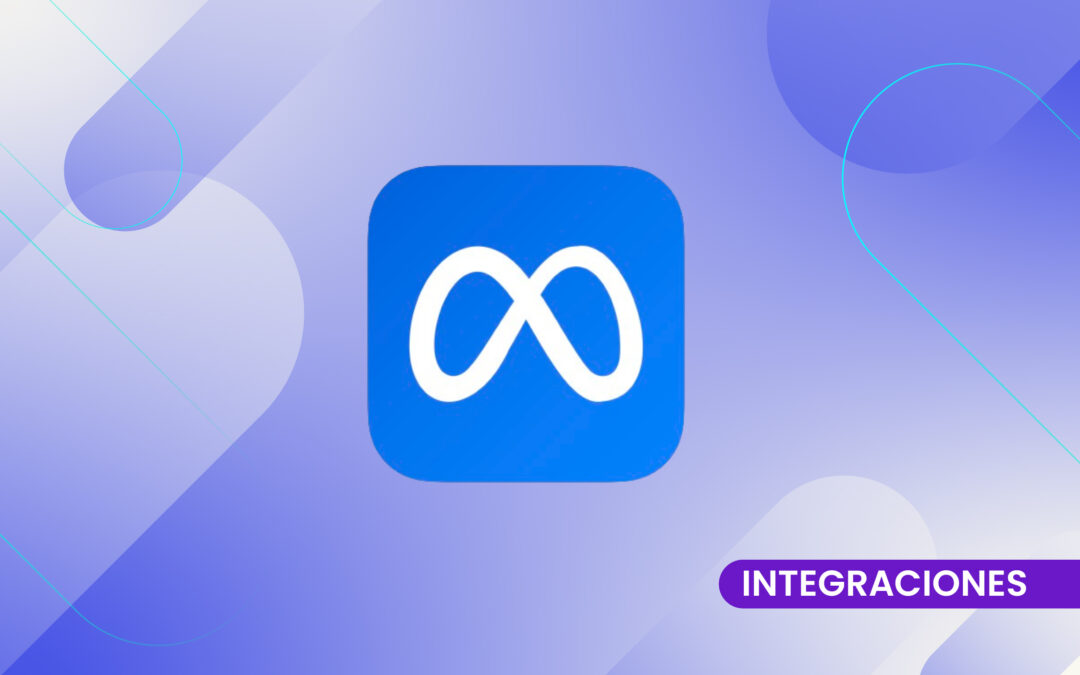Instagram continues to transform. Not only as a social network, but also as a key platform for the advertising and digital content ecosystem. The latest updates launched by Meta aim to improve the user experience, increase security in minors and offer greater transparency in the interaction with the community.
For those working in digital marketing, these changes are not just anecdotal: they can directly affect the performance of campaigns, engagement reports and the way you build community. For this reason, we summarize the main new features and how they can be integrated into your strategy.
New "dislike" button on comments
Meta began testing a "dislike" button (not publicly visible) on post comments. This tool aims to improve the quality of conversations by allowing users to flag comments they consider irrelevant, abusive or out of place.
For brands, this means a more controlled and safer environment. The system will help Instagram train its moderation algorithm, and could reduce negative noise on posts from commercial accounts or influencers. On a metrics level, it is important to consider how this type of silent interaction can influence actual perceived engagement.
Increased protection for adolescents
Meta also announced new safety features for minors on Instagram. Among the most relevant:
- Sensitive content filters in direct messages.
- Restrictions on contact between unknown adults and adolescents.
- More detailed and configurable parental control tools.
This has a direct impact on campaigns targeting young audiences: from now on, reach and exposure may be limited by these restrictions, so it will be key to adjust demographic segments and accurately analyze the performance of campaigns targeting teenagers.
How do these changes affect your reports?
The social media environment is increasingly dynamic and responsive. And marketing dashboards must reflect that dynamism. Metrics must adapt: it is no longer enough to measure likes or comments; it is necessary to analyze interaction quality, healthy community signals, and audience behavior.
An effective way to do this is with a Digital Marketing Reporting Dashboardthat centralizes data from social media, paid campaigns, CRM and other channels in one place. Tools such as Master Metrics allow you to adapt reports to these changes and maintain a clear, up-to-date and actionable view.





